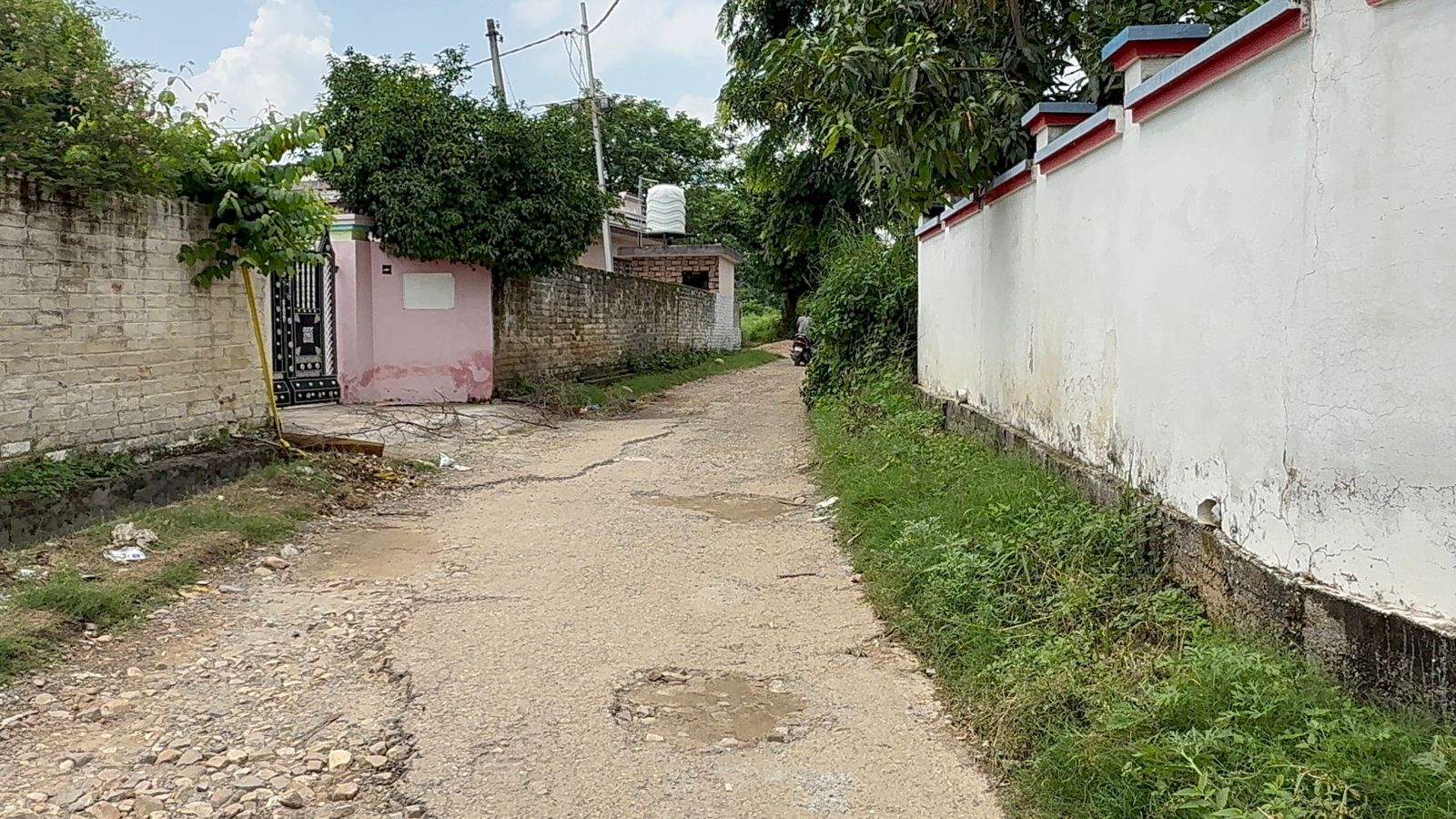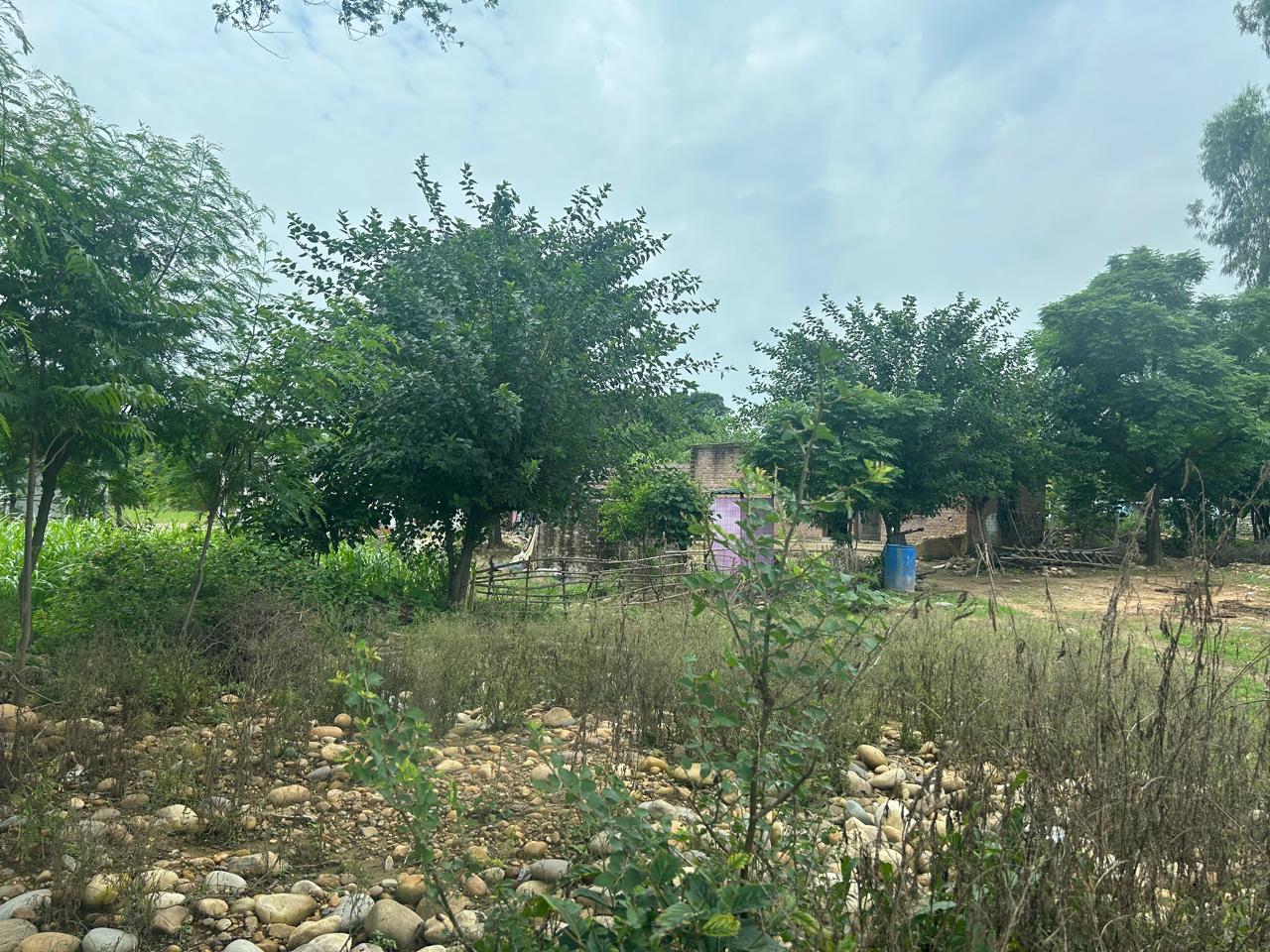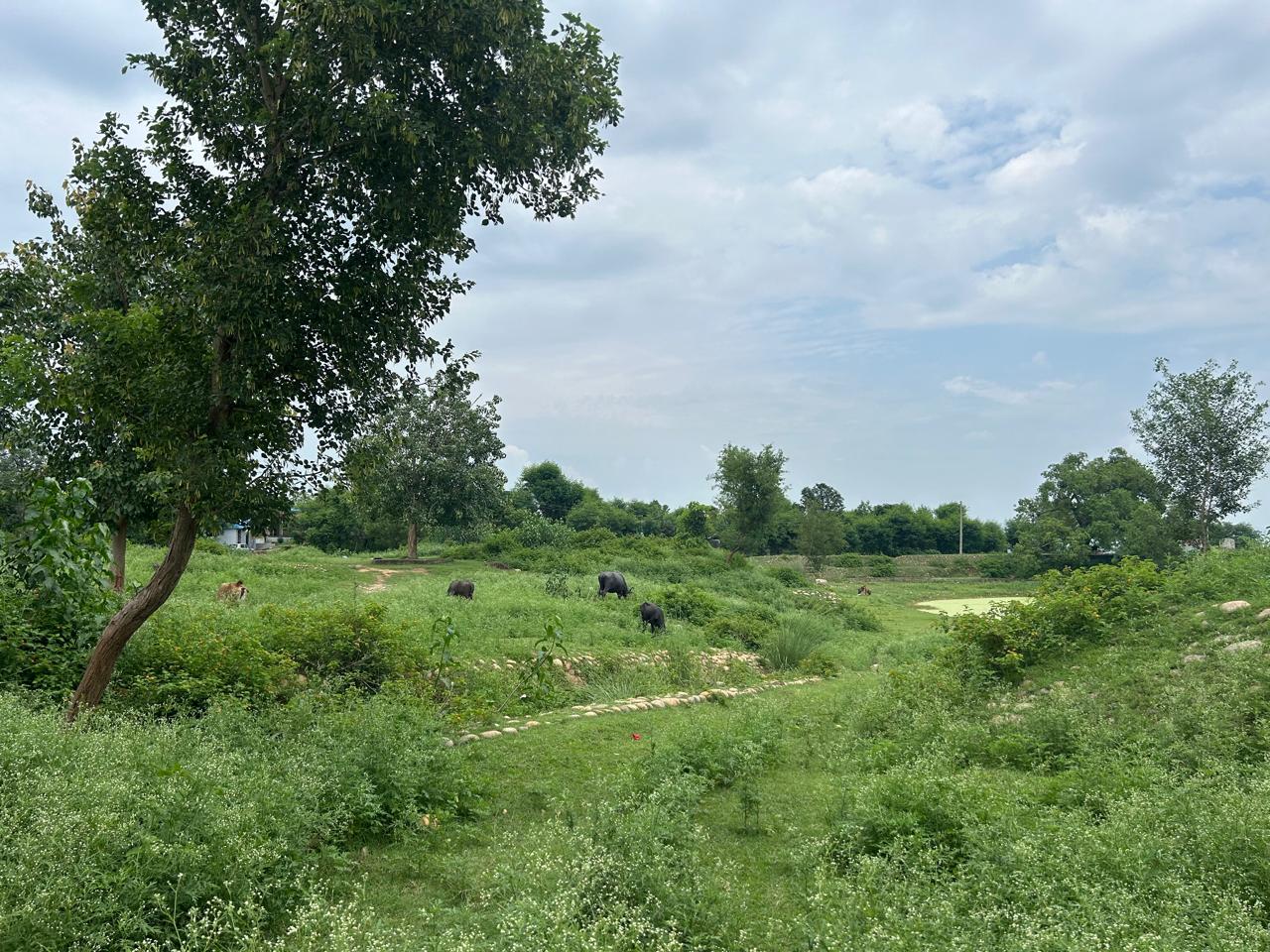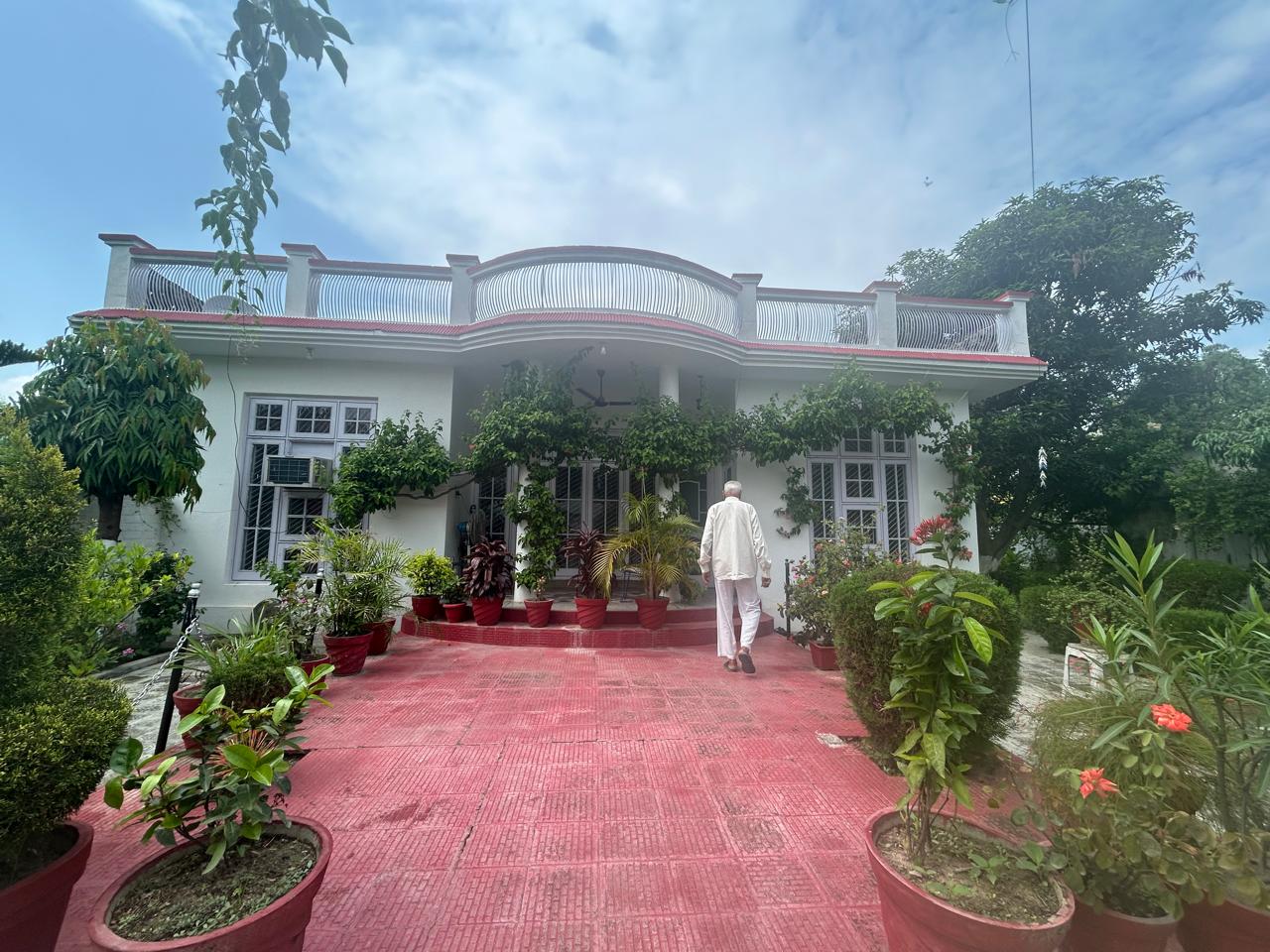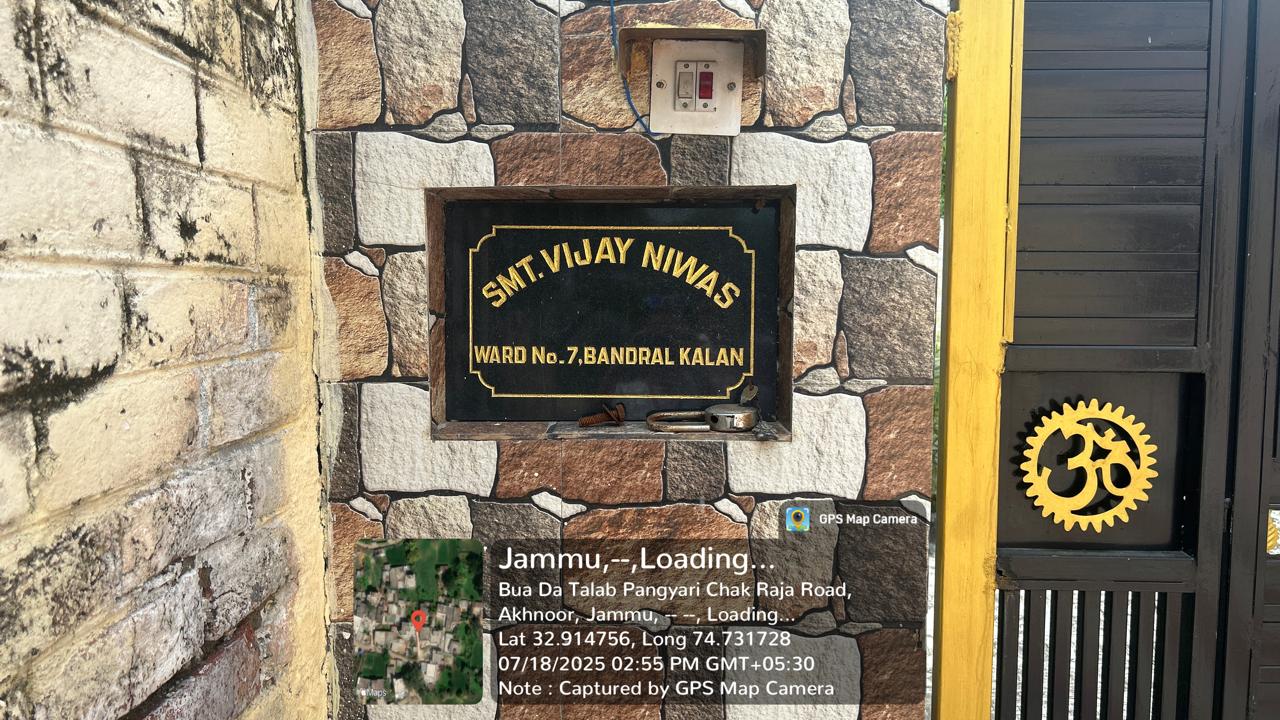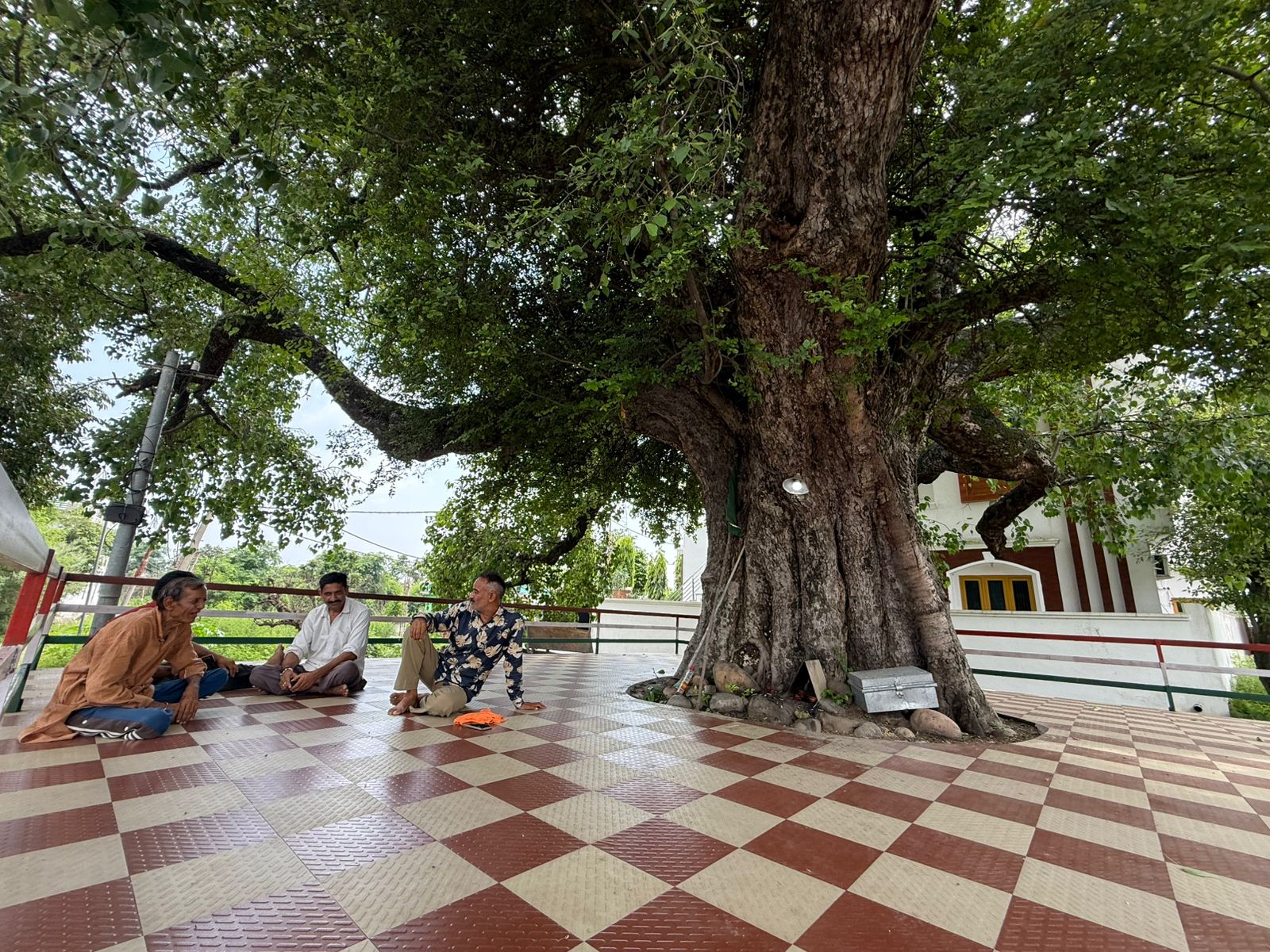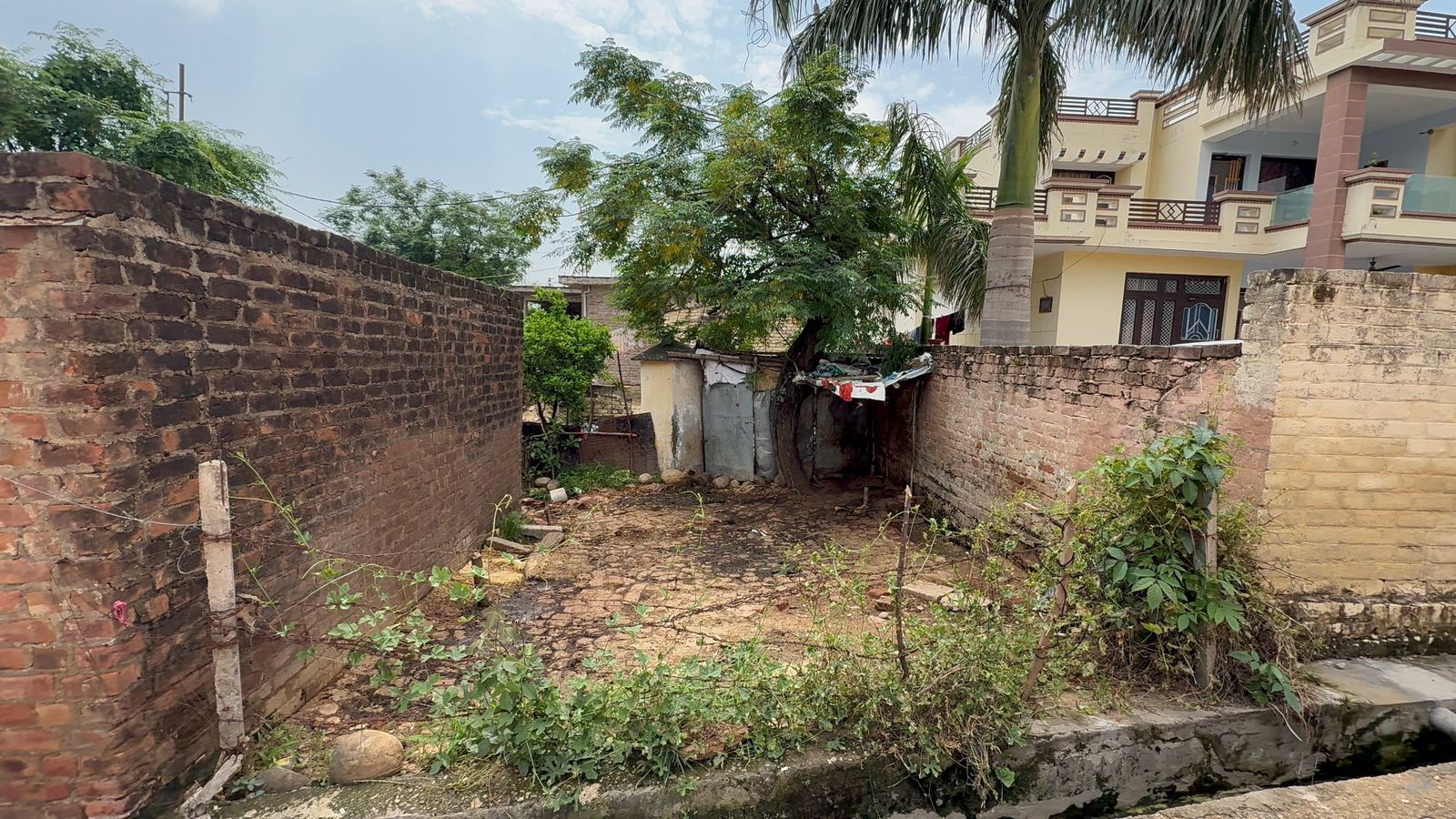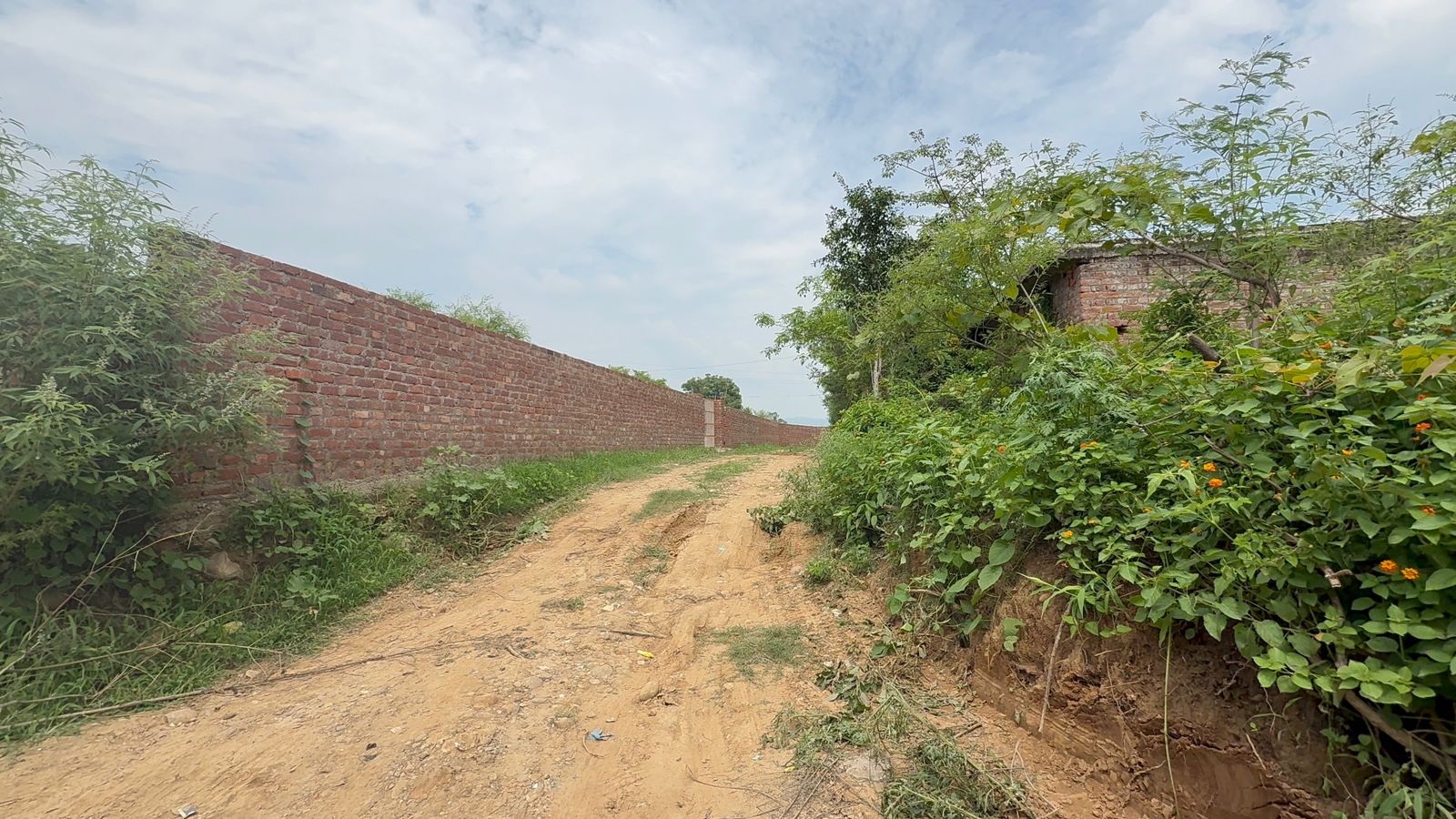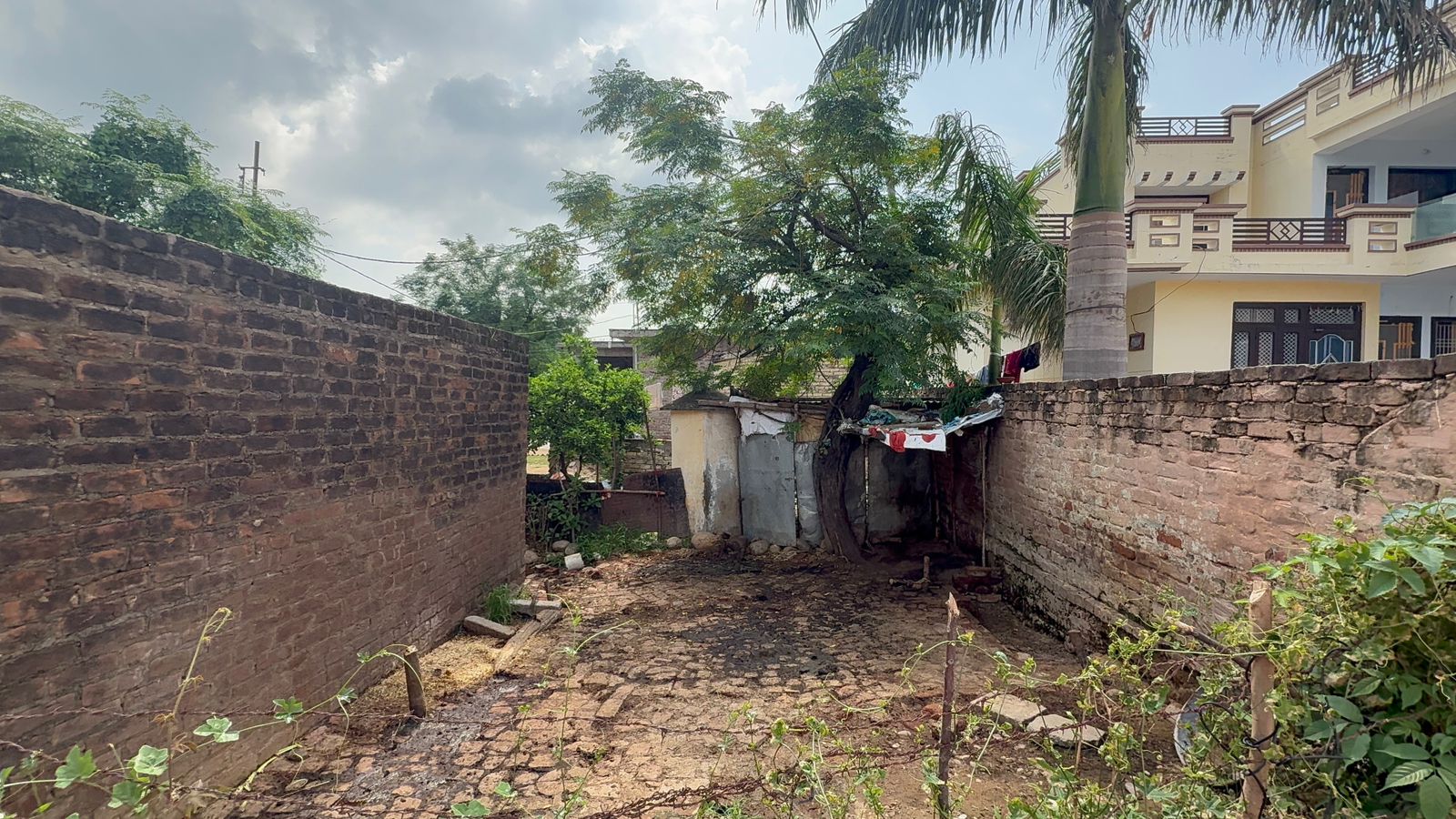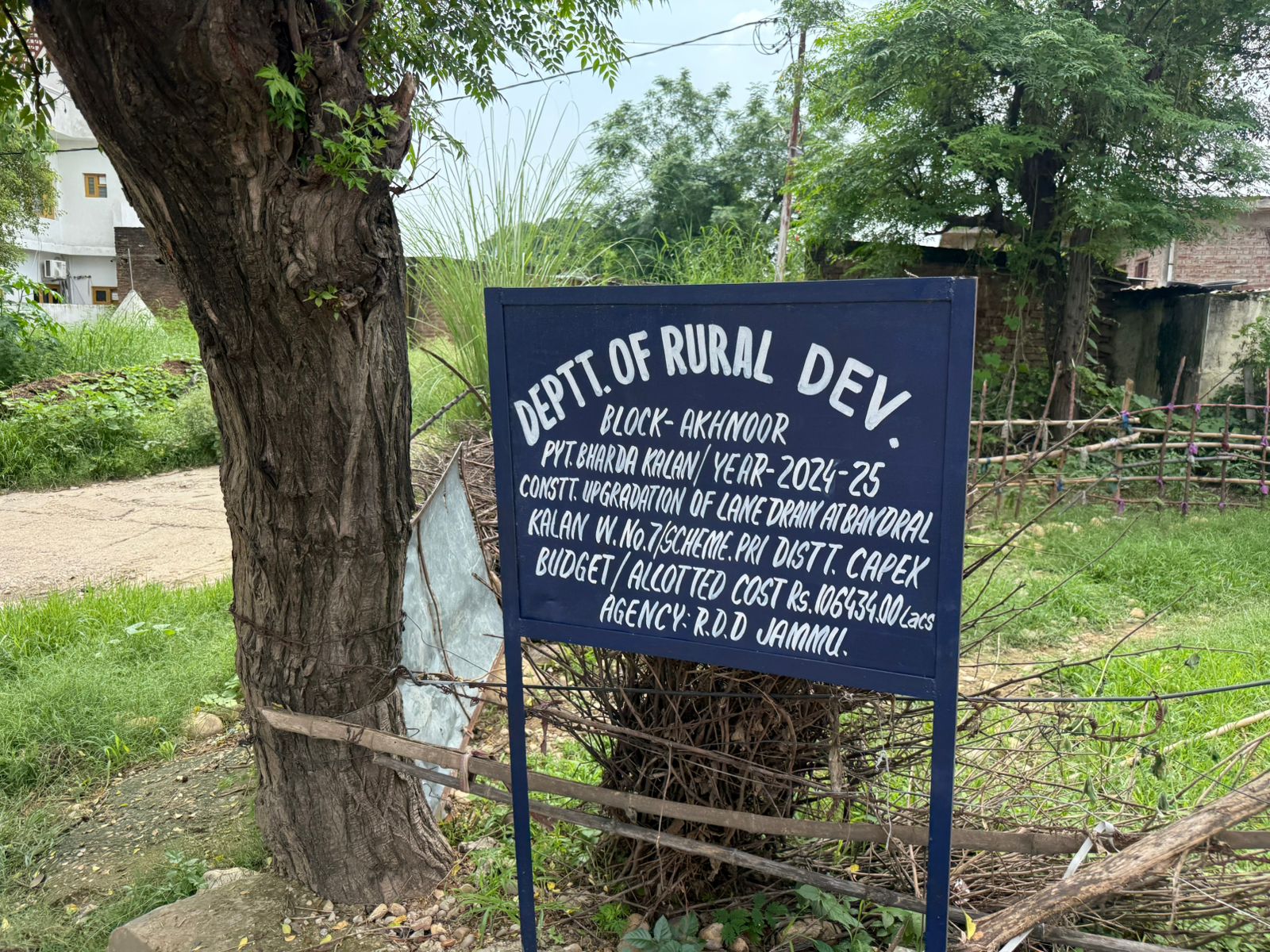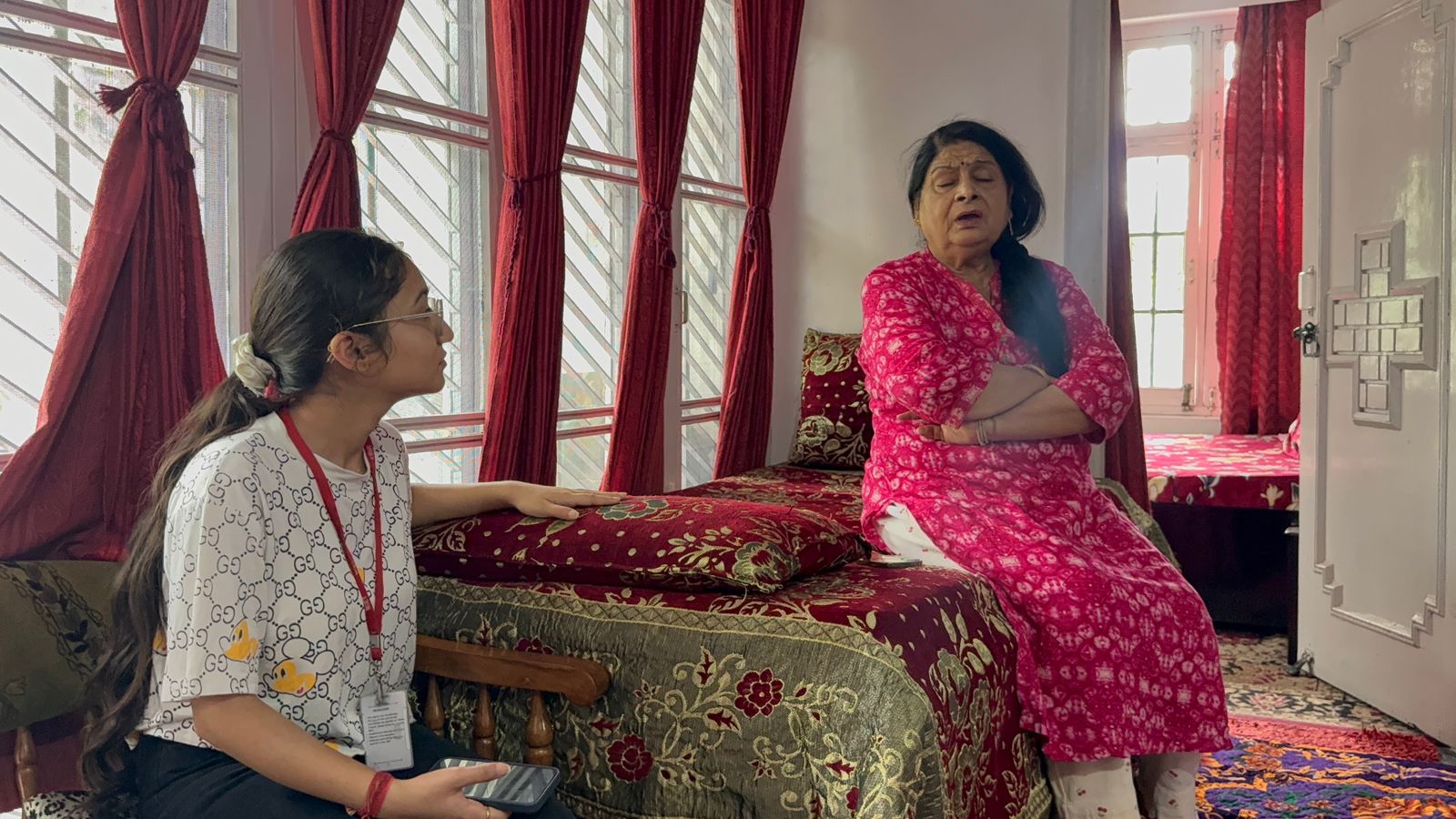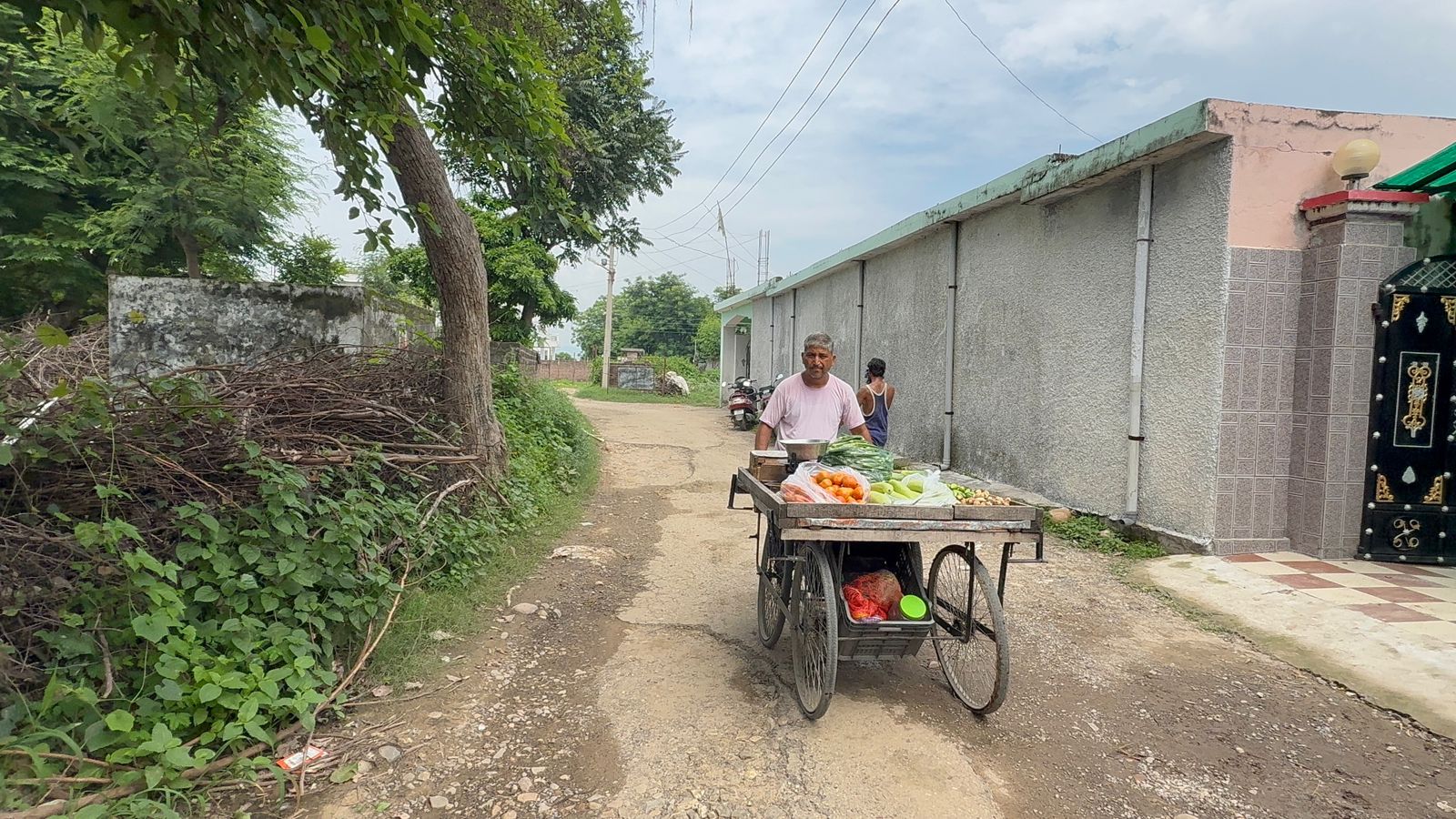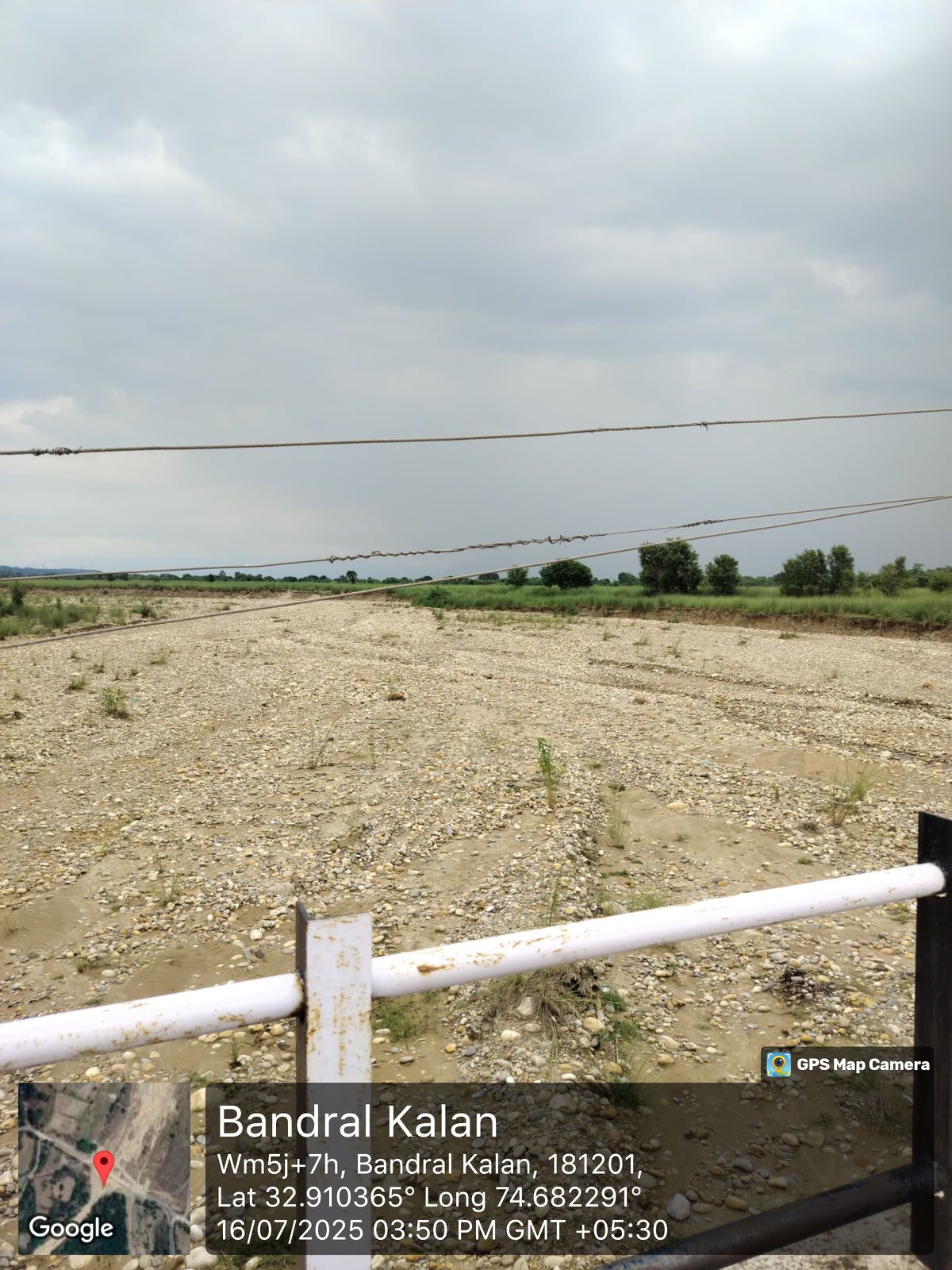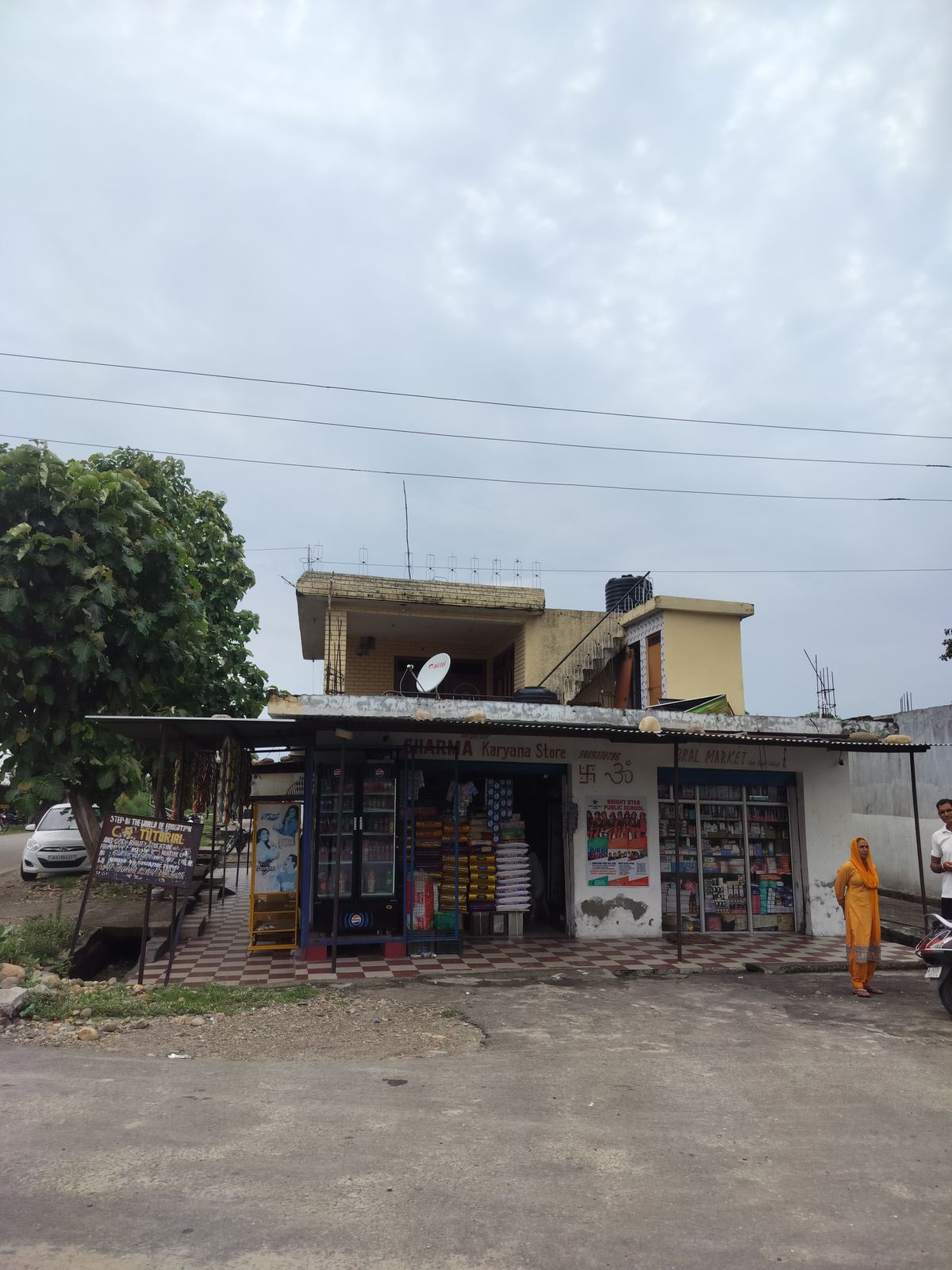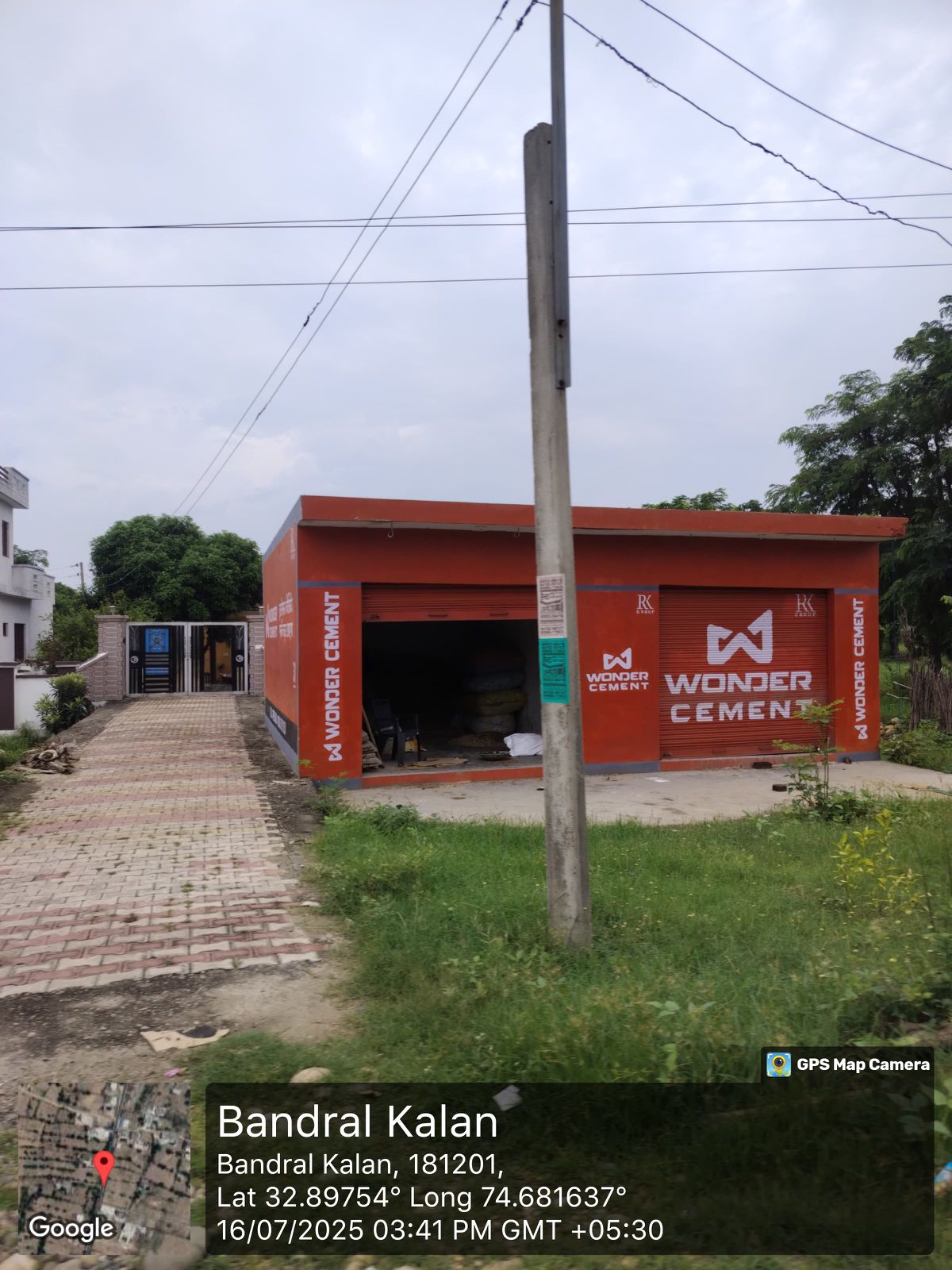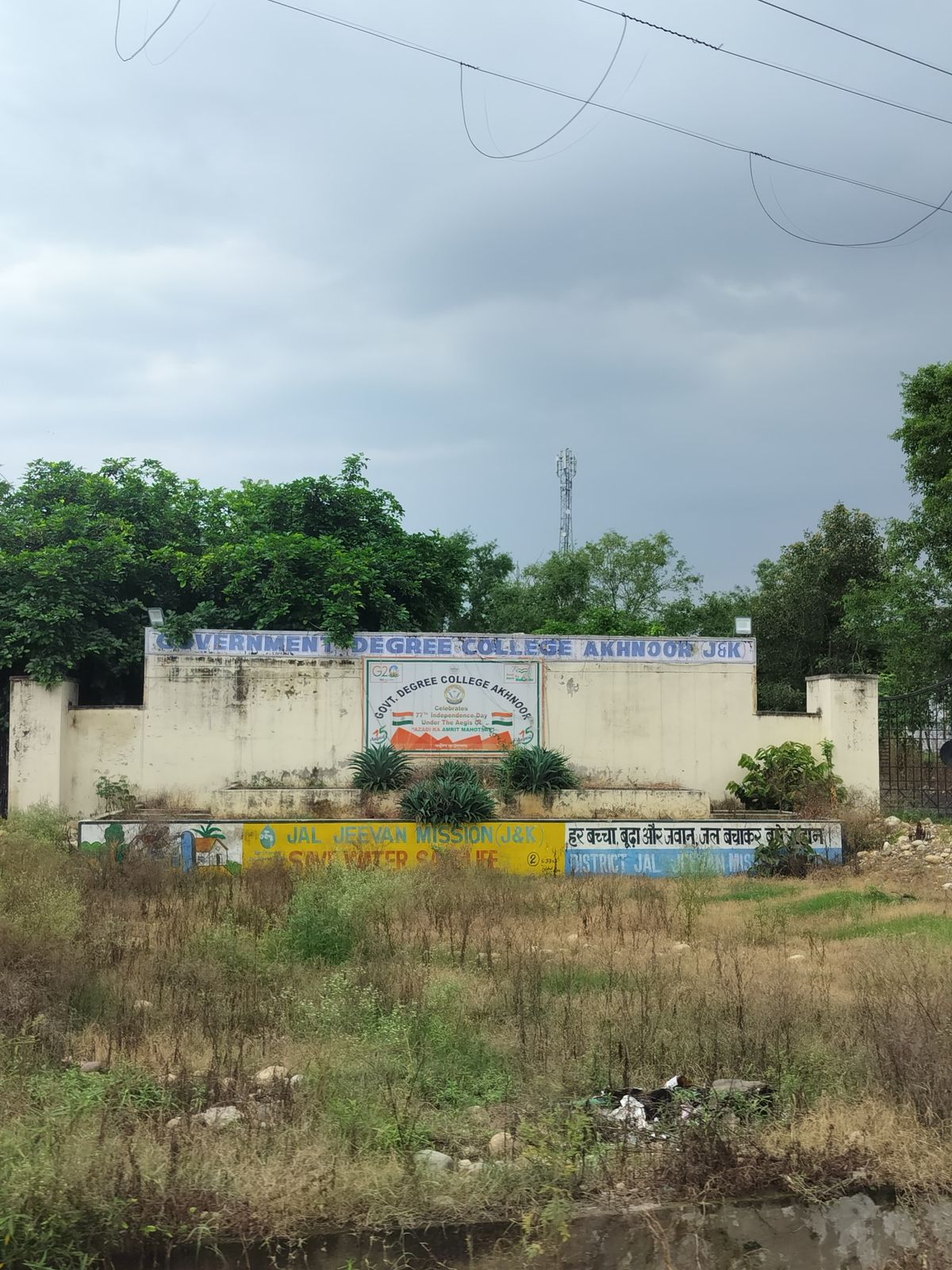Description
Here’s a refined overview of Bandral Kalan (often also called Bandral Kanal interchangeably in local contexts) in Akhnoor Tehsil of Jammu district—covering introduction, demographics, culture, infrastructure, diversity, lifestyle, and areas for improvement, with no external links included.
🏞️ Introduction
Bandral Kalan is a rural village in the Akhnoor subdivision of Jammu district in Jammu & Kashmir, located about 2 km from the town of Akhnoor and approximately 30 km from the city of Jammu. It spans around 621 hectares, of which about 391 hectares are under cultivation and about 163 hectares are non-agricultural land
📊 Demographics & Diversity (2011 Census data)
-
Population & Households: Approximately 1,634 residents across 362 families
-
Gender balance: Sex ratio around 950 females per 1,000 males. Child sex ratio (age 0–6) about 806
-
Scheduled Castes/Tribes: SC population constitutes ~44.6%; ST about 1.8%
-
Literacy: High literacy rate (~81.4%)—male literacy ~87.6%, female literacy ~74.9%
-
Employment: About 617 working individuals (~37.8% of total population). Main workers (~29%) are regularly employed; the remaining (~71%) engage in seasonal or marginal work. Cultivators and agricultural laborers are very few, suggesting modest land ownership and mechanized farming elsewhere dominates .
🕰️ History & Culture
-
Historical background: Specific documented history of Bandral Kalan is sparse. It falls within the larger cultural area of Akhnoor and Jammu, which is predominantly Dogra territory. This region has a history of Dogra rule and diverse traditions blending Punjabi, Pahari, Dogri, and Kashmiri influences.
-
Cultural traits: While direct local customs are not extensively recorded online, the village likely shares in the broader Dogra–Pahari cultural fabric—languages such as Dogri, Gojri, and Pahari dialects, agrarian festivals, temple-based rituals, and folk melodies. In Akhnoor and surrounding areas, local dogra temple fairs and seasonal celebrations remain prominent.
🏡 Way of Living & Lifestyle
-
Agriculture & livelihoods: The economy is mostly agricultural or labor‑based, with limited cultivators among villagers—suggesting most are laborers or sharecroppers. Marginal and seasonal work is common, often linked to nearby towns or agriculture in fertile areas.
-
Daily routines: Lives revolve around farming cycles, livestock tending, and commute for work. Many youth increasingly use digital tools—smartphones, laptops—and aspire for jobs or studies in towns.
-
Facilities & amenities: The village has basic schools (private and public primary and secondary). Higher-level schools and colleges are in nearby Akhnoor and Jammu (~2–10 km away).
🛠 Space for Improvement & Challenges
-
Education & health services: While literacy is strong, infrastructure for middle‑to‑higher education remains limited within the village. Primary schooling exists, but there are no senior secondary or vocational institutes locally. Health facilities are minimal, often requiring travel to Akhnoor or Jammu.
-
Sanitation & water management: Drinking water is supplied via untreated tap or borewells year-round. There is no formal drainage or garbage collection system; waste water is discharged directly into local water bodies .
-
Connectivity & amenities: Mobile network coverage is weak or absent within the village, with access only within ~5 km. Internet centers, banking, and courier services are also located 5 km away or more. Road infrastructure includes some pucca and kuccha roads, but there is no nearby state or national highway connectivity .
-
Employment & financial inclusion: Most workers are engaged in marginal or informal work. There is limited access to finance or institutional credit. Youth would benefit from better access to vocational education, microfinance, and entrepreneurship support .
🌍 Summary Snapshot
Category Key Points Introduction Village in Akhnoor block; 1,634 people; ~621 ha of land History & Culture Shares Dogra–Pahari cultural traditions; local customs tied to broader Akhnoor region Diversity ~45% Scheduled Caste, ~1.8% ST; strong literacy rates; moderate gender balance Lifestyle Primarily agrarian/marginal work, modest land ownership; youth digitally aware Facilities Basic schooling, limited health and sanitation infrastructure; low mobile/internet access Challenges Needs sanitation systems, digital access, local education and health services, financial inclusion initiatives
🧭 Potential Improvements
-
Sanitation and water: Establish drainage, sewage management, and garbage collection systems. Introduce water purification for tap supply.
-
Connectivity: Improve mobile network strength; bring broadband or internet kiosks into the village for digital inclusion.
-
Education & health: Add middle schools, vocational training centers, and regular health clinics or dispensaries locally.
-
Livelihood support: Facilitate microcredit and training in crafts, agro-enterprises, honey production, dairy, or traders' cooperatives to reduce seasonal job dependency.
-
Community facilities: Common centers for youth training, shared meeting halls, and cultural preservation efforts (folk arts, language workshops) could strengthen social cohesion and opportunities.
Bandral Kalan reflects the characteristics of many rural communities around Akhnoor—demographically strong in literacy and diversity, yet facing infrastructural gaps in sanitation, connectivity, and local services. Focused investments in education, health, and livelihood can significantly enhance quality of life while preserving the cultural identity rooted in Dogra–Pahari traditions.
Photos
Videos
Contact Information
| Address |
Bandral Kanal |
| Phone Number |
8899897858 |
| Email Address |

